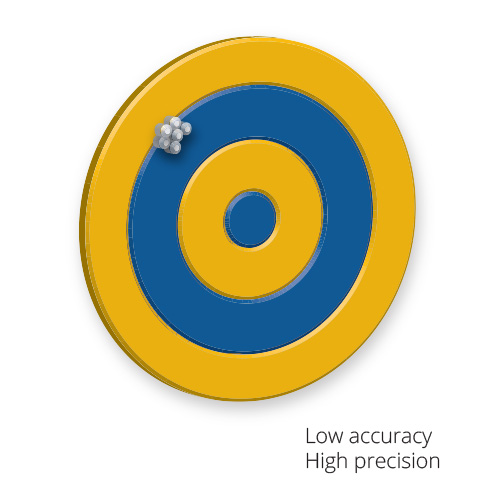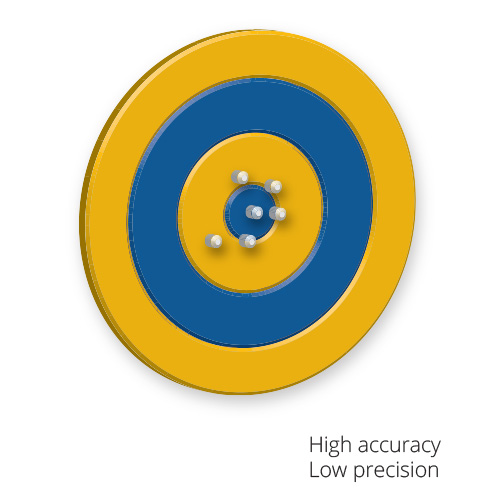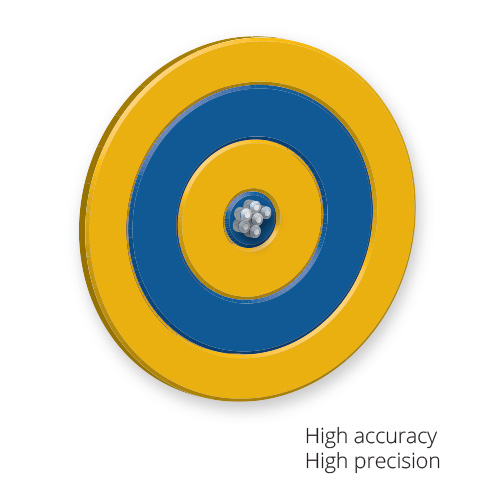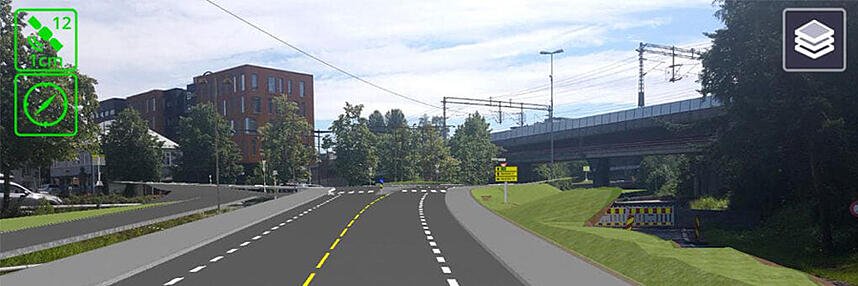Why Understanding Accuracy Is Important – Everything You Need To Know About Achieving Centimeter Accuracy with Trimble SiteVision
Introduction to Blog Series:
There are many bold claims relating to the accuracy of augmented reality systems. In this two part blog series, Melissa, our SiteVision Product Manager and Licensed Cadastral Surveyor from New Zealand, writes about why understanding accuracy is important, and achieving centimeter accuracy with Trimble SiteVision.
Part 1: Why Understanding Accuracy Is Important
Common terms that are important to most measurement and visualization devices are relative accuracy, absolute accuracy, and precision. This blog aims to highlight why understanding accuracy is important. Put simply, if you understand accuracy and the factors that affect it, you will be able to get the best results from your Trimble SiteVision system.
Working from the whole to the part
A question that surveyors often get asked is: What is surveying, and what do you actually do? And I will be honest, it is a difficult question to answer! As a survey nerd, I want to tell them all about GNSS, Geoids, coordinate systems, technology, and helping customers solve problems through using accurate data.
Surveying is both the science of accurate measurement and spatial data capture, as well as the art of interpreting that information, and arriving at a professional opinion to best serve the client. As a surveyor we are trained on many things, but of utmost importance is understanding accuracy, precision and following good survey practice.
Like any good surveyor, I will approach this topic from the “whole to the part.” In survey terms, this means establishing a good system of accurate control, to ensure the area being surveyed is covered with high accuracy. In terms of this blog, “whole to the part” is about setting the foundations so you can better grasp why understanding accuracy is important, and then how to achieve centimeter accuracy with Trimble SiteVision.
What is the difference between accuracy and precision?
Let’s start with accuracy and precision. Accuracy and precision are two ways that surveyors think about errors.
Accuracy: Accuracy refers to how close a measurement is to the true value.
Precision: Precision is how close multiple measurements are to each other.
Example: The Game of Darts
A classic way of demonstrating the difference between precision and accuracy is with a dartboard. The measurement process is the ‘throwing of darts’. The ‘measurement’ is where the dart lands on the board. The ‘true’ value is the center of the dart board.
Precise: If all of the darts land very close together, but far from the bulls-eye, there is precision, but not accuracy

Accurate: If the darts are all about an equal distance from and spaced equally around the bulls-eye there is mathematical accuracy because the average of the darts is in the bulls-eye. This represents data that is accurate, but not precise. However, if you were actually playing darts this would not count as a bulls-eye!

Accurate & Precise: If the darts land in the bulls-eye and close together, there is both accuracy and precision.

Not all accuracy is created equal: Accuracy can be associated with Relative and Absolute positioning
There are a few other terms that are important when trying to understand positioning accuracy.
These are:
Relative positioning: Relative positioning is where is an object’s position is known in relation to other objects.
Absolute positioning: Absolute positioning is where an object is in the real world.
Repeatable: Can one operator with one instrument get the same measurement over and over
Reproducible: Can multiple operators, perhaps with multiple instruments, get the same measurement over and over.
These terms are important when considering the best Augmented Reality Systems for you and your project teams. Are you positioning your model relative to other objects and how accurately are you positioning it relative to those objects? Or are you positioning your model accurately in the real world? Are your results repeatable and reproducible? With Trimble SiteVision we are integrating technologies, and providing tools in the SiteVision application which enable you to have confidence in your data and it’s placement in the real world – consistently through automatic and measured placement which enable you to have the best absolute accuracy when visualizing your data.
To understand the benefits of absolute positioning of your model let’s look at a real world example:
It is snowing and you are sent to site to locate and clear a blocked drain. You know the position of the drain relative to other objects in the network, such as existing manhole covers. You arrive on site to find the ground covered with 2’ of snow. Where do you start when you cannot find any of the reference objects for locating the drain?
In this scenario Trimble SiteVision’s ability to accurately automatically place models, with absolute positions enables you to immediately find the location of the drain, clear the minimum of snow to get access, and complete your task.

Want to learn more about SiteVision, click here >
More Trimble SiteVision
Subscribe to the Trimble SiteVision blog so you'll be alerted with the latest posts.


